Scelte strategiche BMW Group
-
Contenuti simili
-
I prossimi modelli Suzuki 1 2 3 4 5
Pubblicato da __P,
- scelte strategiche suzuki
- scelte strategiche
- (e 2 altri in più)
- 41 risposte
- 7988 visite
-
- 57 risposte
- 8216 visite
-
BMW Serie 2 Gran Coupé 2024
Pubblicato da MotorPassion,
- gran ccoupé
- serie 2 gran coupé
- (e 4 altri in più)
- 9 risposte
- 1173 visite
-
-
-

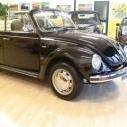

.thumb.jpg.d20c5008a881490f9c7f843d442a34f8.jpg)




.thumb.jpg.902d2a4f20a129e92b6f6920407b81bd.jpg)


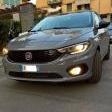











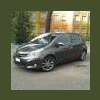
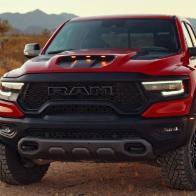
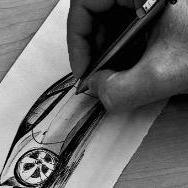


Messaggi Raccomandati:
Crea un account o accedi per lasciare un commento
Devi essere iscritto per commentare e visualizzare le sezioni protette!
Crea un account
Iscriviti nella nostra community. È facile!
Registra un nuovo accountAccedi
Sei già registrato? Accedi qui.
Accedi Ora